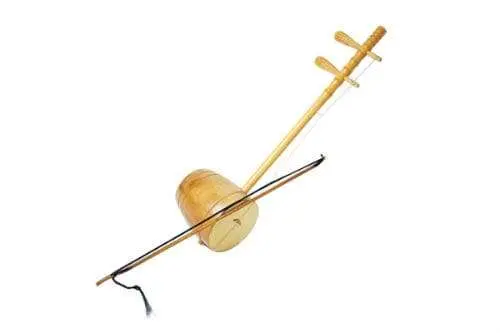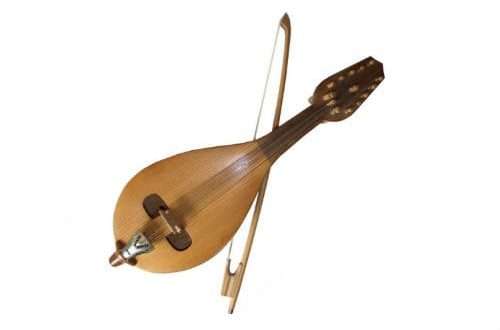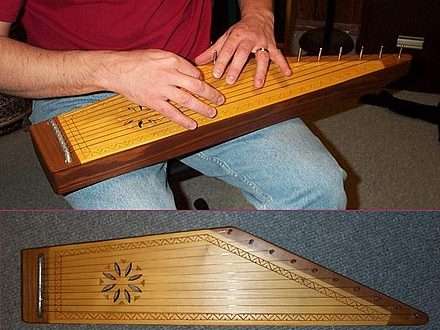
Huqin: instrument composition, history of origin, varieties
Contents
Chinese culture has borrowed original musical instruments from other peoples of the world for many centuries. In many ways, this was facilitated by representatives of the Hu people – nomads who brought innovations from the countries of Asia and the East to the territory of the Celestial Empire.
Устройство
Huqin consists of a box with several sides, to which is attached a neck with a bent upper end and strings attached to two pegs. The box-deck serves as a resonator. It is made of thin wood, covered with python skin. The huqing is played with a bow in the form of a bow with horsehair strings.

History
The emergence of a stringed bowed instrument, scholars attribute to the period of the Song Empire. The Chinese traveler Shen Kuo first heard the mournful sounds of the huqin in prisoner of war camps and described the sound of the violin in his odes. Huqin was the most popular among the Han – the largest ethnic group living in Taiwan, Macau, Hong Kong.
Each nationality made its own changes to the device that influenced its sound. The following types are used:
- dihu and gehu – bass huqings;
- erhu – tuned to the middle range;
- jinghu – a representative of the family with the highest sound;
- Banhu is made from coconut.
In total, more than a dozen representatives of this stringed bow group are known. In the XNUMXth century, the Chinese violin was actively used in orchestras and opera.





